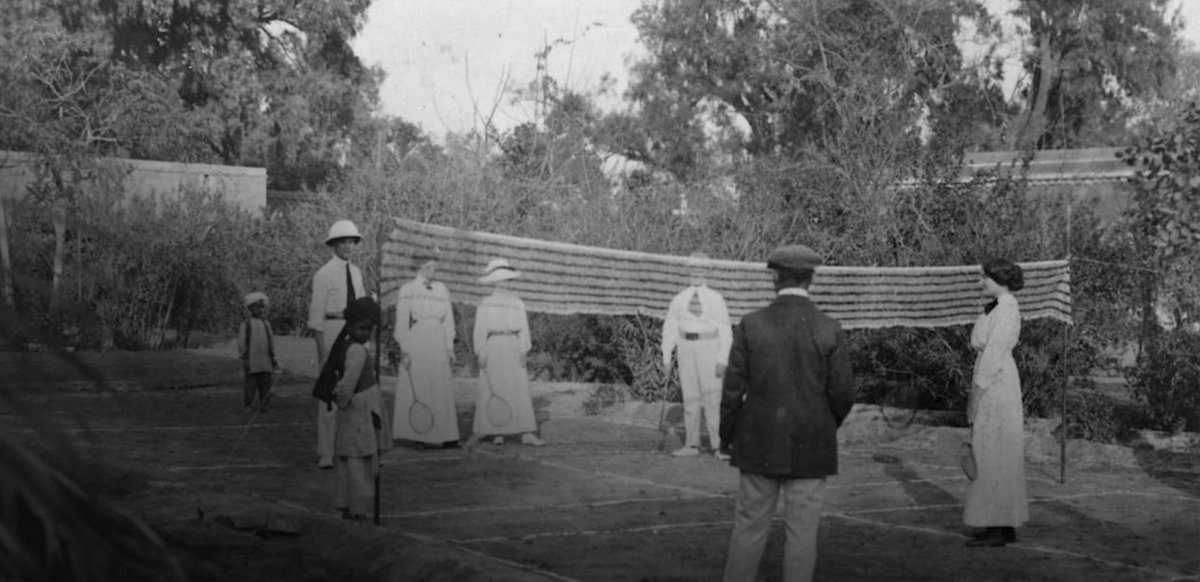
In the early 20th century, an #Indian Raja could snap his fingers and turn the fate of a #Spanish flamenco dancer into an Indian queen... as did the besotted ruler of the princely state of Kapurthala in #Punjab. A modern retelling of a #Cinderella story set in Spain. 1/11 

How exactly did Anita Delgado, a Spanish dancer trying to eke out a living to support her family, become Maharani Prem Kaur? It all began when Maharaja Jagatjit Singh was in #Madrid to attend the wedding of King Alfonso XIII of Spain in 1906. 2/11
#fairytales
#fairytales

Like any tourist, the Maharaja wanted a night on the town and he walked into a nightclub. Here, Anita Delgado and her sister, both flamenco #dancers, were performing the curtain-raiser act that night. Delgado was just 16 years old but Jagatjit Singh was smitten. 3/11 

The next morning, a bejewelled man in a turban drew up in a silver carriage outside Delgado’s lodgings and confessed his love for her! It was the Maharaja and he asked for her hand in marriage. He also gave her parents a handsome sum as ‘acceptance’ money. 4/11
Delgado was packed off to Paris, where she trained to be a Queen… she learnt etiquette, languages, sports, geography, music & dancing, and even how to drive an automobile. On Jan 28, 1908, Delgado married the Maharaja and became 'Maharani Prem Kaur' of Kapurthala. 5/11 

In Punjab, Delgado lived a life of European luxury. Kapurthala was in fact known as the ‘Paris of Punjab’. The palace looked like a #French chateau and the #RoyalFamily wined and dined on French cuisine and drank water shipped all the way from #France! 6/11 

The ‘exotic Maharani’ travelled across India and wrote an account of her travels titled, ‘Impresiones de mis viajes a las Indias’ (Impressions of my trip to the Indies). In Europe, the paparazzi followed her everywhere but the #British in #India refused to recognise her. 7/11 

After 18 years of living it up, the royals divorced. The Maharaja, it is said, had a roving eye. The marriage ended in a very public row at the Savoy in London. A friend of the couple, Muhammad Ali Jinnah, no less, was a guest there and he was forced to intervene! 8/11 

Delgado returned to Europe, where she lived a life of luxury and wrote her memoirs. She had received a generous settlement and had homes in #Paris, #Switzerland, Madrid and even in her hometown, Malaga, in #Spain. She died in 1962, at age 72. 9/11
The Spanish Maharani is forgotten in #India but she is a legend in Spain, where she is still talked about. There have been books written on her, including one by the illegitimate daughter of Delgado’s deceased son Ajit. There was even talk of a #Hollywood film. 10/11
Romance, royalty, rags-to-riches and infidelity… nothing captures the imagination more than a fairy tale with a twist. Read the full story here: livehistoryindia.com/story/people/k…
• • •
Missing some Tweet in this thread? You can try to
force a refresh
















